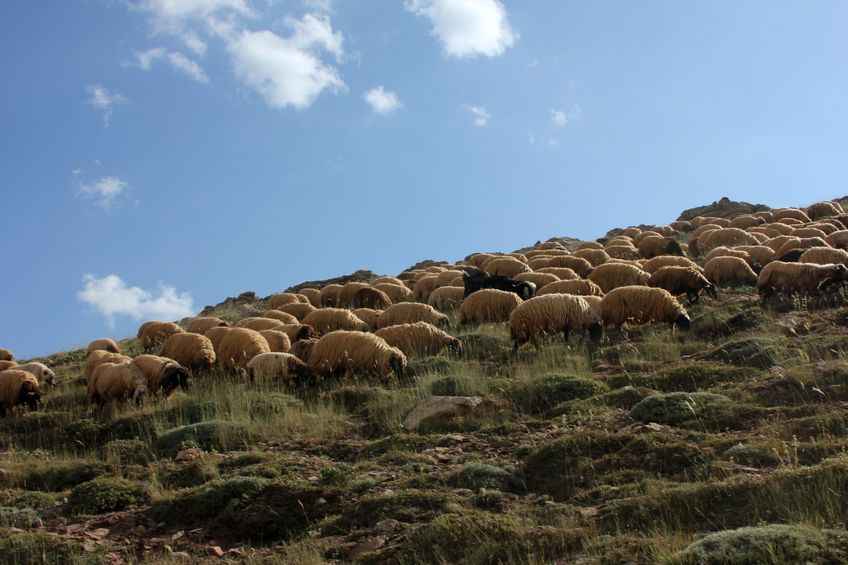
Prime sheep prices have dipped slightly since the turn of the year, nevertheless, they remain 5% higher than a year ago, according to the latest market analysis by Quality Meat Scotland (QMS).
However, early sales this week show some modest rebound in farmgate prices. European prices are also showing some firmness, sitting around 2.5% higher than last year.
Comparing the prime sheep kill in the six months from June to December 2018, shows a decline of 5% on the same period in 2017, which is broadly the same as the size of the fall in the lamb crop reported in the June 2018 UK census.
Consequently, the proportion of lambs sold before the turn of the year is broadly the same as last year.
Stuart Ashworth, Director of Economics Services, said: “The conclusion is that the number of hoggs being carried forward into 2019 is 3-4% lower than last year which, in itself, and everything else being equal, will support farmgate prices.”
According to Mr Ashworth, lower lamb throughputs have been accompanied by slightly higher carcase weights. Sheepmeat production has also been affected by changes in ewe slaughterings.
“There has also been a sizeable increase, of 5%, in ewe and ram slaughterings which means that the volume of sheepmeat produced in the UK in the second half of 2018 declined by 3.5%,” he said.
Latest available export data points towards a small increase in sheepmeat exports during October and November, but trade with France continues to slide and it is growth in trade with Germany and Italy that has more than offset this.
Over the same period imports declined so, with net supplies on the home market sliding, there is an inevitability to the slightly lower sheepmeat consumption revealed in the latest Kantar Worldpanel household purchases data.
“However, this lower availability has allowed the average retail price of lamb to the UK consumer to rise so that at the end of 2018 it was 2.7% higher than at the end of 2017; again, offering some support to farmgate prices,” commented Mr Ashworth.
Sheepskin prices have, however, come under pressure in the second half of 2018 offsetting some of the strength in the meat market.
Additionally, the strengthening of sterling in the past week, on the back of what seems to be an expectation that moves will be made to prevent a hard Brexit or delay Brexit, will also, in the short-term, squeeze export competitiveness.
Looking forward, while the basic building blocks of supply suggest some support for prices, the market has the potential to become increasingly volatile for as long as there is minimal clarity on the next steps for Brexit and, specifically, trade arrangements.
“Although the second quarter of the year (April to June) is usually the quarter with lowest dependence on exports, they still account for 30% of production.
“If this trade is disrupted, or has to face tariff barriers, prices will inevitably come under pressure,” added Mr Ashworth.
